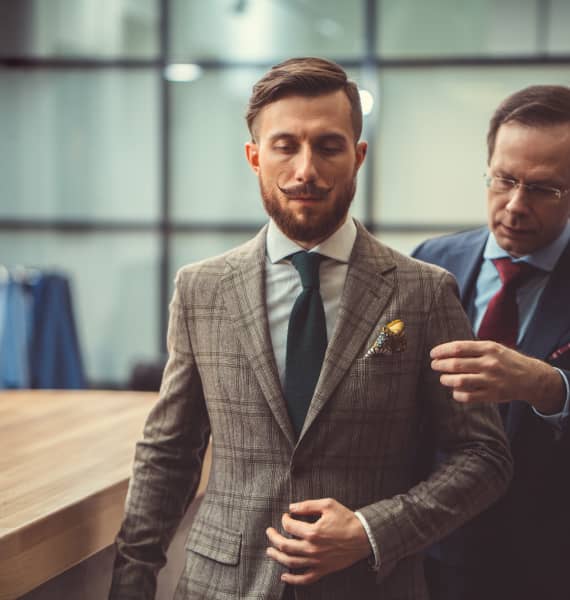In every era and across every empire, one thing has remained consistent: how a man dressed was never just about clothing — it was about command.
From the royal courts of Europe to the princely states of India, personal style wasn’t a luxury — it was a language. A language of power, of hierarchy, and of identity. And at the center of it all stood the man — tailored, symbolic, and always seen.
Today, we call it “styling.”
Back then, it was status.
A Brief History of Men and Style
Let’s rewind to Italy, the cradle of elegance. From the Renaissance onwards, Italian men led the world in what it meant to be well-dressed. Whether noblemen in Florence or politicians in Rome, men used tailored garments — sharp collars, fine wool suits, structured coats — to express their dominance without saying a word.
Meanwhile in England, during the Victorian and Edwardian eras, style was a serious statement. The British gentleman’s look was practically a uniform of status — custom three-piece suits, top hats, walking sticks. Men didn’t dress for function. They dressed for legacy.
And here in India, before westernization took hold, our own rulers weren’t far behind. Think about the bold turbans, intricate bandhgalas, embroidered shawls, and tailored angrakhas — style was part of the throne, and every element carried a message of control, charisma, and command.
Dressing Was Never About Fashion. It Was About Power.
What’s fascinating is this: for centuries, men’s dressing was never just about trends. It was about reinforcing one’s position, authority, and confidence. The bolder the look, the clearer the unspoken message — “I don’t follow. I lead.”
Over time, however, this mindset faded. Mass production replaced custom tailoring. Trends diluted personal identity. And somewhere along the way, men stopped owning their presence — and started dressing to “fit in.”
L’Uomo Distinto Brings It Back
At L’Uomo Distinto, we’re not in the business of fashion — we’re in the business of restoring what style was always meant to be for men: power, legacy, and self-definition.
Our styling process helps you reconnect with the purpose behind your presence. Whether you’re leading a team, launching a startup, or stepping onto a new stage in life — how you dress should remind people (and yourself) that you own the space you’re in.
We don’t just put clothes on your back.
We help you wear your identity — with intent.
This Isn’t About Vanity. It’s About Victory.
Some say style is superficial.
But history disagrees.
Every empire had a uniform. Every leader had a look. Even today, the most powerful men in the world — from CEOs to creatives — understand that style is influence. Not loud. Not trendy. Just undeniable.
So no, this isn’t about ego.
It’s about recognizing that how you carry yourself determines how people carry you in their minds.
How L’Uomo Distinto Can Help
Whether you’re a rising professional, a groom-to-be, or an established leader, we help you curate a wardrobe that doesn’t just look good — it speaks with purpose. From tailored consultations to event-specific styling, we bring strategy back into style.
Because history may repeat itself — but how you wear it is entirely up to you.
FAQ’s
- Why was men’s fashion historically seen as powerful?
Because style reflects one’s rank, authority, and identity. Clothing choices communicated position without needing words. - Were men really more stylish in the past?
Yes — because style was intentional. Tailoring, symbolism, and presentation were part of how men built their image. - How is modern styling different today?
Modern styling is more about personal branding than hierarchy — but the impact is just as powerful when done right. - Is dressing well really necessary for men now?
Absolutely. In a competitive world, how you present yourself affects how you’re perceived — in business, leadership, and life.
5. How does L’Uomo Distinto help with men’s styling?
We help men rediscover presence through personal consultations, wardrobe curation, and image strategy — without the fluff, just purpose.


